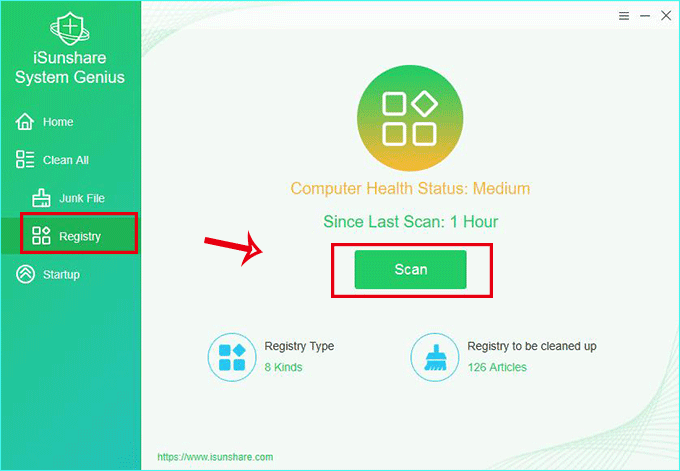-->
- The Authorization File Is Invalid On This Computer Free
- The Authorization File Is Invalid On This Computer Remotely
- The Authorization File Is Invalid On This Computer Security
PC: Right-click the.zip file, select Extract all, and then click Extract. Double-click the.exe file and follow the on-screen instructions. Mac: Double-click the installer file, and then drag the Reason 10 folder to your Applications folder. Download and then install Codemeter. Run Ableton, get the hardware ID and regenerate the auth file and drag'n'drop it into the authorization window. It could be something else of course, but hope this helps and good luck! If the WMA/WMV files aren't authorized or the authorization is invalid, Windows Media Player will offer instruction about how to update the authorization. For M4V/M4P files. Please click Store-Authorize This Computer to authorize the files, and make sure that the files play well on iTunes. If the file plays well on Windows Media Player or iTunes and the error message still shows up, please right-click the icon of our program and choose to run the program as Administrator for a try.
Syntax
Description
The Set-TpmOwnerAuth cmdlet changes the current owner authorization value of the Trusted Platform Module (TPM) to a new value.You can specify the current owner authorization value or specify a file that contains the current owner authorization value.If you do not specify an owner authorization value, the cmdlet attempts to read the value from the registry.
Use the ConvertTo-TpmOwnerAuth cmdlet to create an owner authorization value.You can specify a new owner authorization value or specify a file that contains the new value.
An owner authorization file is not a simply a password.It is generated for a specific system.For more information on TPM, see the Trusted Platform Module Technology Overview in the Technet library.
Examples
Example 1: Replace imported owner authorization value

This command replaces the current owner authorization value with the specified owner authorization value.The command does not specify the current owner authorization value, so the cmdlet attempts to find it in the registry.This command does not import the owner authorization value into the registry.After you run this command, you can use the Import-TpmOwnerAuth cmdlet to import the new value into the registry, if necessary.
Example 2: Replace owner authorization value with value in file
This command replaces the current owner authorization value with the owner authorization value in the specified file.
Example 3: Replace owner authorization value
This command replaces the specified owner authorization value with a new owner authorization value.
Parameters
This command replaces the current owner authorization value with the specified owner authorization value.The command does not specify the current owner authorization value, so the cmdlet attempts to find it in the registry.This command does not import the owner authorization value into the registry.After you run this command, you can use the Import-TpmOwnerAuth cmdlet to import the new value into the registry, if necessary.
Example 2: Replace owner authorization value with value in file
This command replaces the current owner authorization value with the owner authorization value in the specified file.
Example 3: Replace owner authorization value
This command replaces the specified owner authorization value with a new owner authorization value.
Parameters
Specifies a file that contains the current owner authorization value for the TPM.You can use the TPM Management Console to create this file.
| Type: | String |
| Position: | Named |
| Default value: | None |
| Accept pipeline input: | False |
| Accept wildcard characters: | False |
Specifies a file that contains the new owner authorization value for a TPM.
| Type: | String |
| Aliases: | nf |
| Position: | Named |
| Default value: | None |
| Accept pipeline input: | False |
| Accept wildcard characters: | False |
Specifies a new owner authorization value for a TPM.
| Type: | String |
| Aliases: | no |
| Position: | Named |
| Default value: | None |
| Accept pipeline input: | True |
| Accept wildcard characters: | False |
Specifies the current owner authorization value for a TPM.
| Type: | String |
| Aliases: | o |
| Position: | 0 |
| Default value: | None |
| Accept pipeline input: | False |
| Accept wildcard characters: | False |
The Authorization File Is Invalid On This Computer Free
Inputs
String
This cmdlet accepts the owner authorization value for the TPM.
Outputs
The Authorization File Is Invalid On This Computer Remotely
Panini ideal scanner driver download. TpmObject
This cmdlet returns a TpmObject object contains the following information:
- TpmReady. Whether a TPM complies with Windows Server® 2012 standards.
- TpmPresent. Whether there is a TMP on the current computer.
- ManagedAuthLevel. The level at which the operating system manages the owner authorization. Possible values are Legacy, Balanced, and Full.
- OwnerClearDisabled. Whether TPM can be reset. If this value is True, the TPM cannot be reset through the operating system by using the owner authorization value. If this value is False, the TPM can be reset through the operating system.
- AutoProvisioning. Whether the computer can use auto-provisioning. Possible values are NotDefined, Enabled, Disabled, and DisabledForNextBoot.
- LockedOut. Whether a TPM is locked out.
- SelfTest. Information returned by a test that TPM runs.
